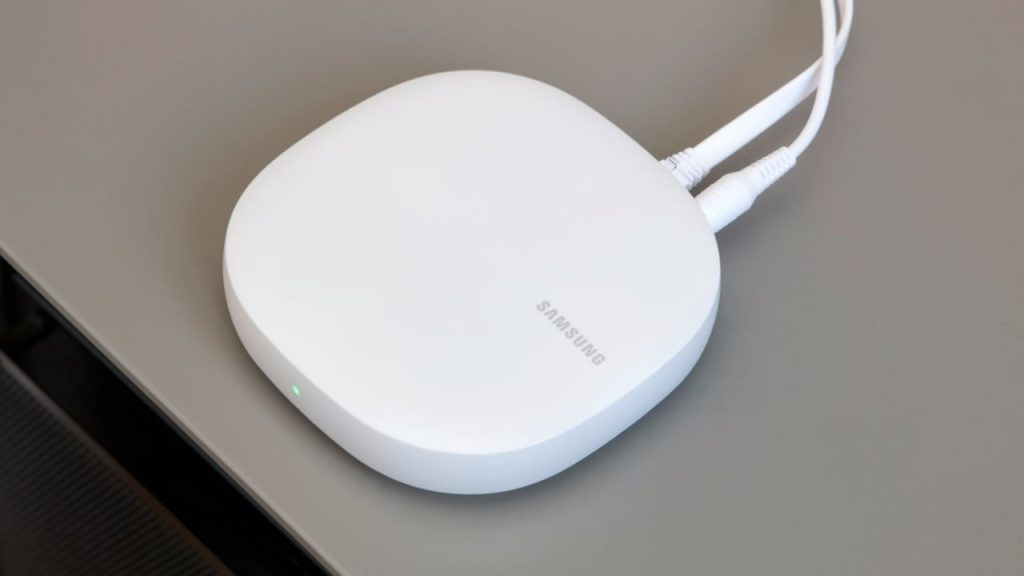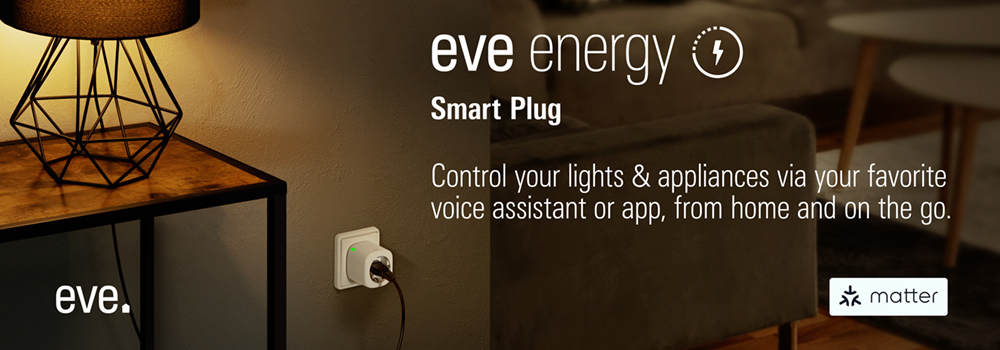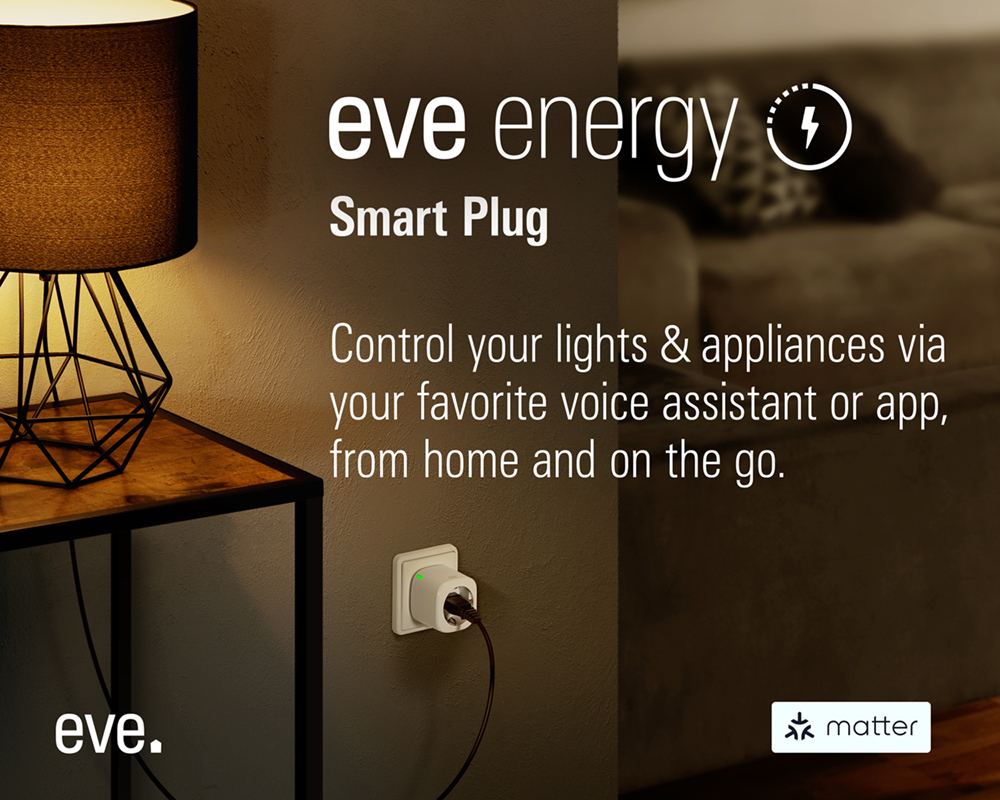Samsung and its SmartThings company have so far not been very forthcoming when it comes to Matter. This is despite the fact that SmartThings has been working on the cross-manufacturer smart home standard since the project was founded in 2019. But the signs and announcements are all the clearer now.
At the Samsung Developer Conference on October 26, 2021 (link), Matter was a common thread running through several presentations – starting with the opening keynote, in which Samantha Fein, as SmartThings’ head of maketing, drummed up support for the topic. Things then got more specific in a highlight session: Samsung’s Korean Vice President Jaeyeon Jung, who is responsible for the SmartThings strategy within the group, announced the use of the technology.
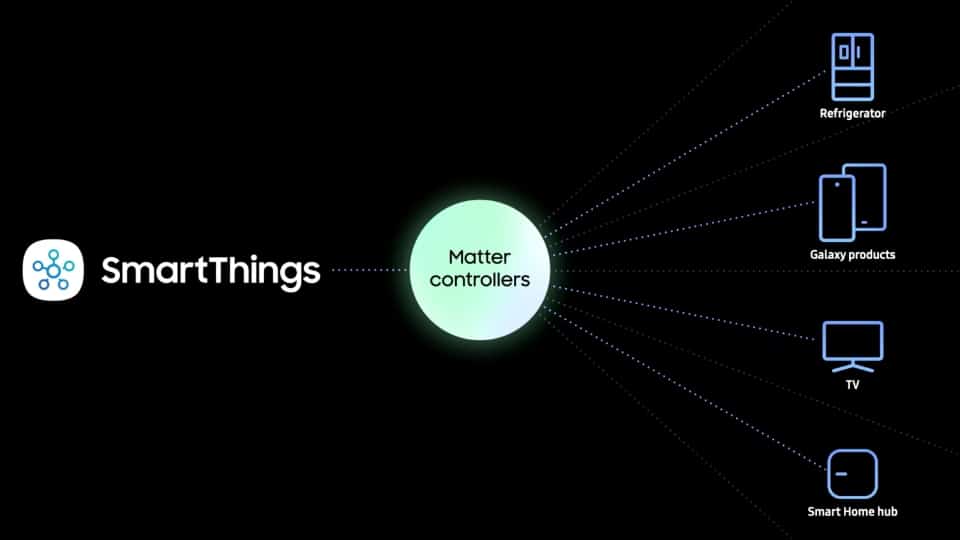
„We will adapt Matter as a controller for Samsungs global Portfolio of Products“, Jung said, „including Galaxy Devices, Televisions and Appliances“. By the latter, the Korean manufacturer’s Family Hub refrigerators are probably meant in particular. They were at least shown as a proxy on a diagram (see above). From spring 2022, the SmartThings division should have the Matter standard integrated into its system. The existing Z-Wave and Zigbee radio standards will remain. But it will not stop there: „Moving forward, we are also working to integrate Thread-Solutions into the SmartThings Platform“, Jung told developers in a video stream.
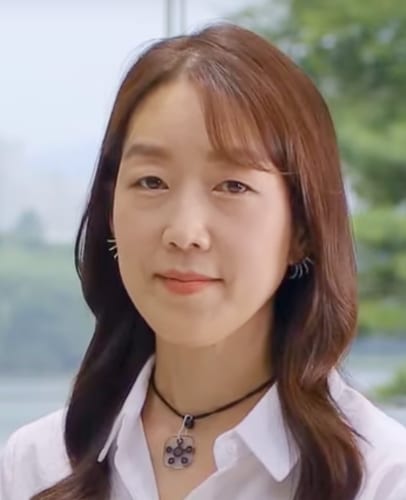
„We believe that Matter will become the de-facto-standard in every home“.
Jaeyeon Jung,
Vice President and Head of SmartThings Team
Samsung Electronics
Preparations in the SmartThings team have been underway for some time. In August 2021, the company launched its new SmartThings Edge developer platform. It allows to write commands and automations that are executed locally in the home network – a prerequisite for the operation of Matter products. The standard requires that these are accessible to the smart home control center at all times, even without an Internet connection.
This was not always the case with the original software platform, because the SmartThings hub sent a large part of the commands via cloud servers on the Internet. If this server was not accessible, commands went nowhere. The new Edge drivers should also make work easier for developers and thus ensure a growing SmartThings ecosystem. Currently, there are no ready-made drivers for Matter, only Z-Wave and Zigbee are supported. But that is expected to change by the launch next year.
Similar to Google, Samsung also takes the opportunity to completely revamp its developer tools. It remains to be seen how quickly the technology will find its way into the product portfolio. So far, SmartThings has not attracted attention with exaggerated development speed. Other members of the Matter alliance are pushing their smart home strategy more strongly. However, the system cannot be any further ahead than the standard itself. For washing machines, ovens, vacuum robots, etc. to respond to the control system, the Matter specification for such product categories must first and foremost exist.
Share this information:
